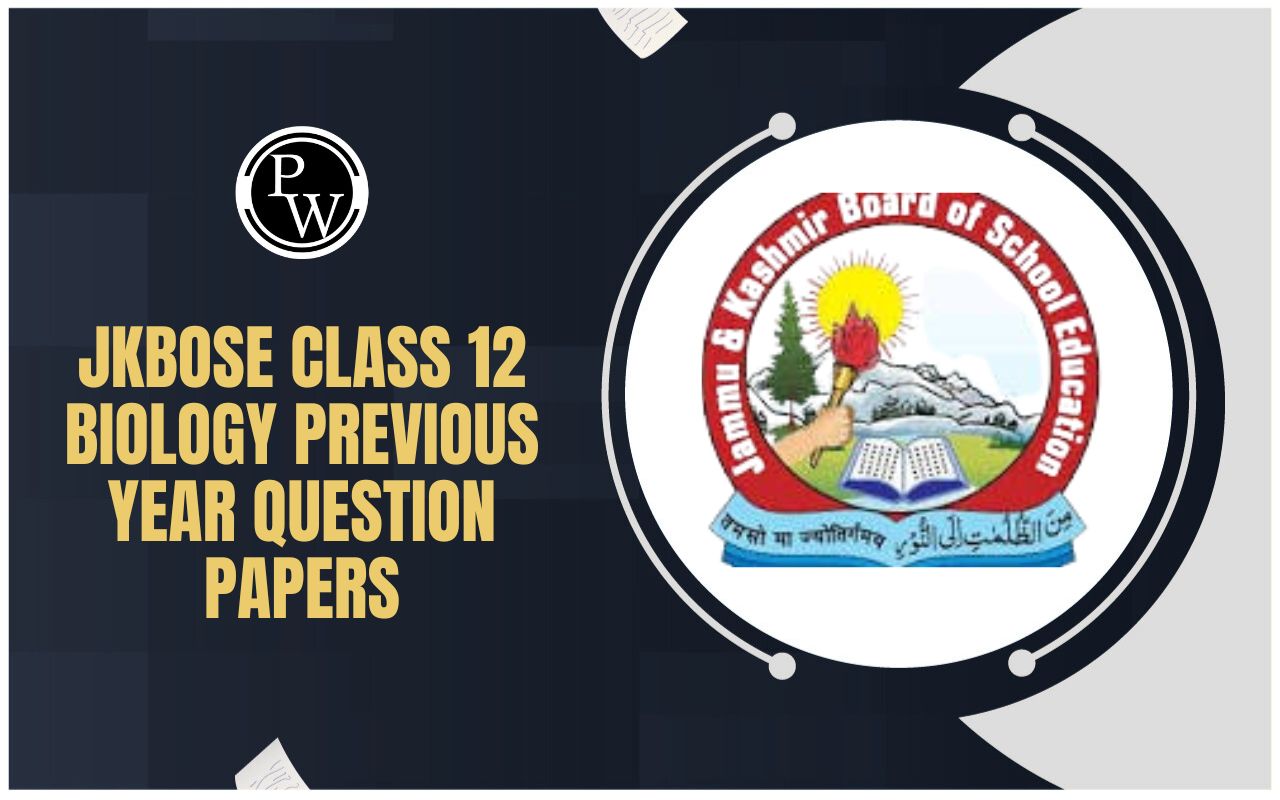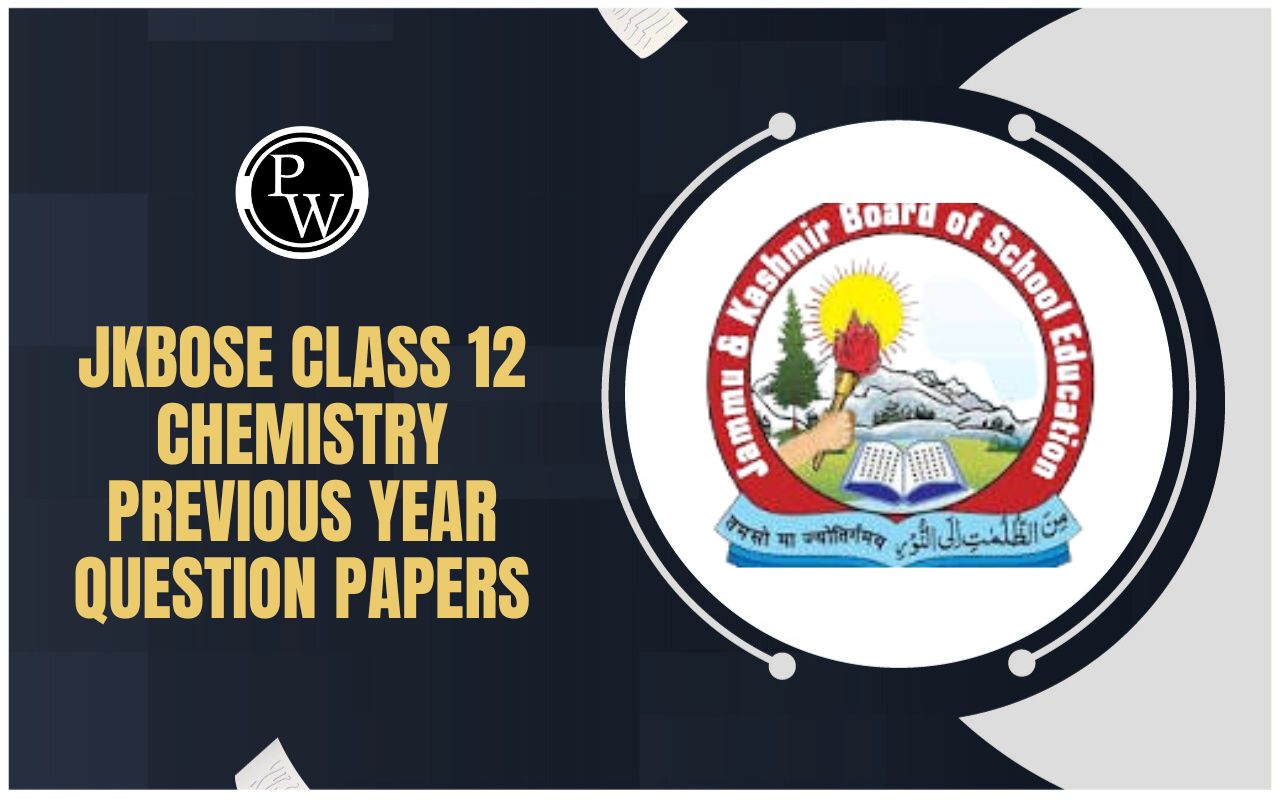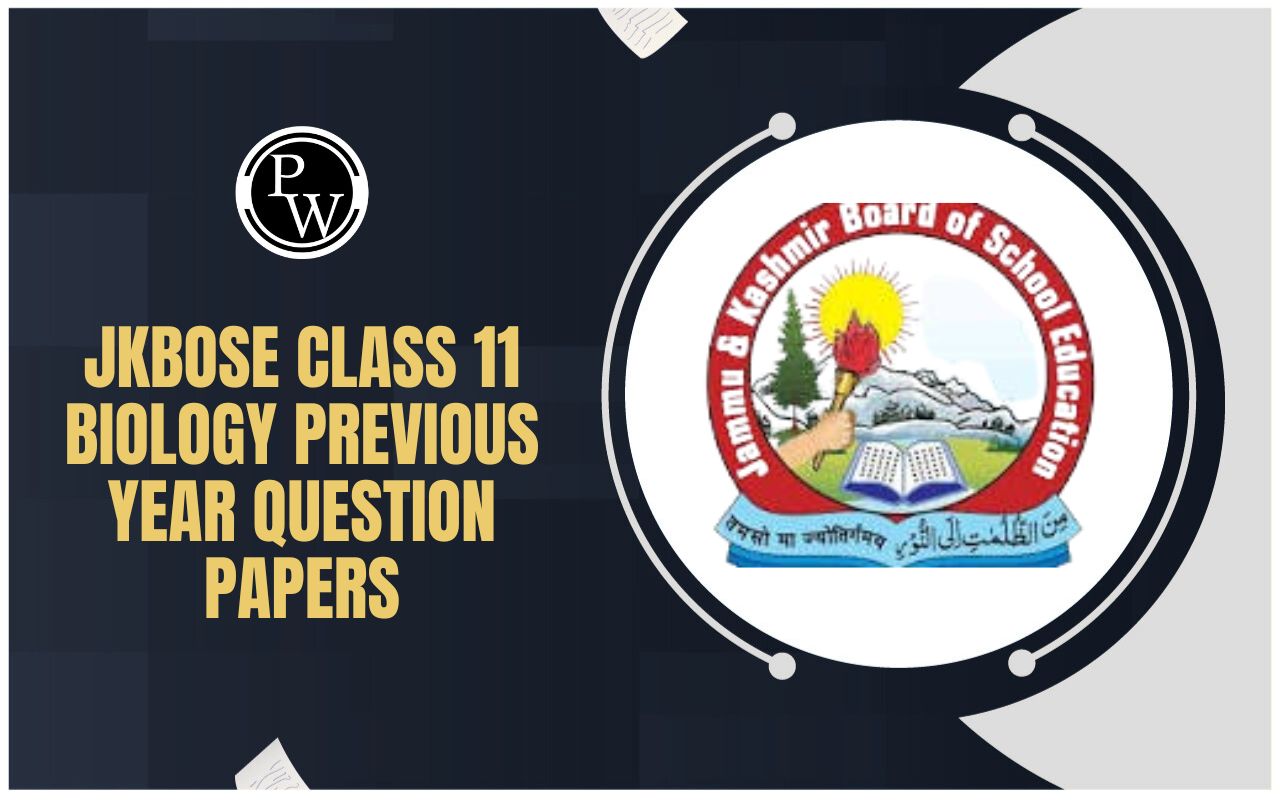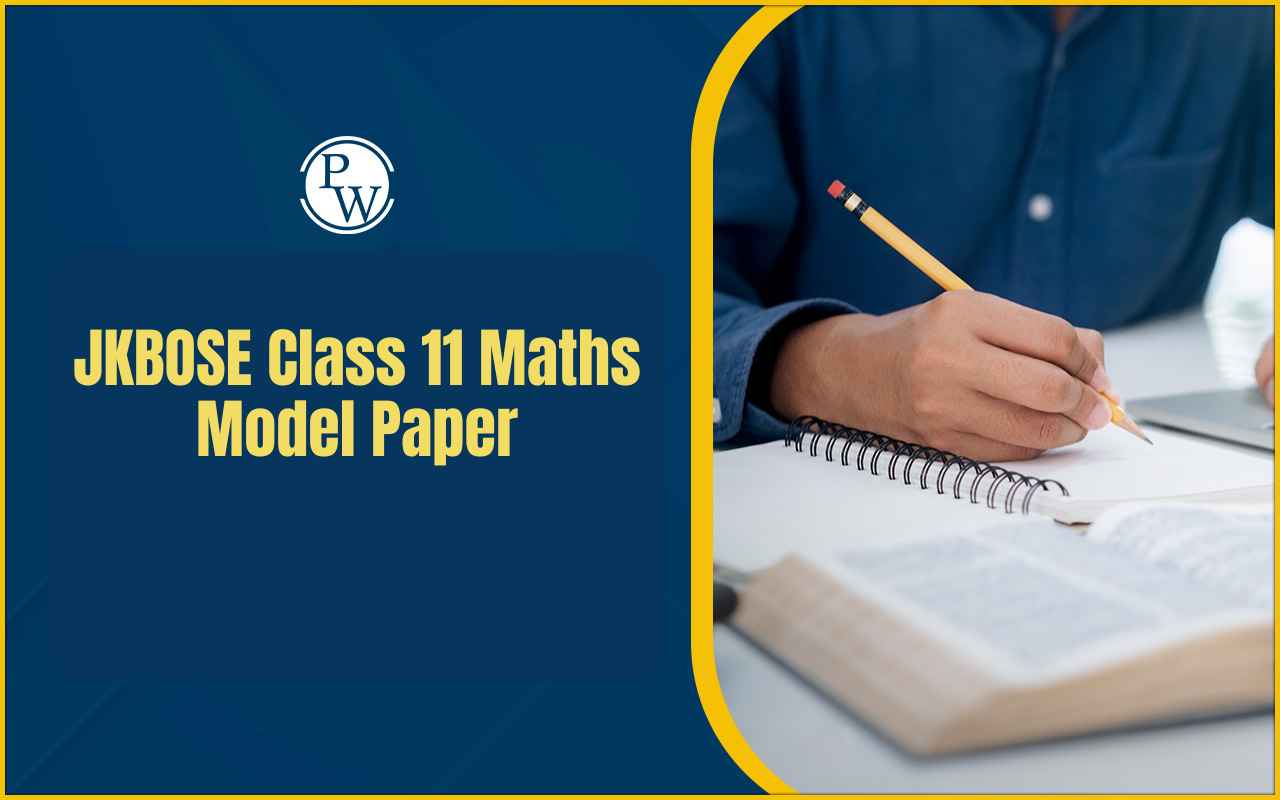
JKBOSE Class 10 Social Science Syllabus 2025: The syllabus has been released by the Jammu and Kashmir Board of Secondary Education to help the students prepare well for the board exams by focusing on concept clarity and gaining a higher score.
Students must firsthand analyze the syllabus which includes the marking scheme, the exam pattern, and plan their study schedule accordingly. The updated syllabus will help them with time management and prepare strategically by dividing their day time to subject according to their weightage of marks.
It focuses on the different aspects of the society whether it’s political, historical, economic or geographical. It encourages critical thinking, awareness of civic responsibilities, and a deeper understanding of the world we live in.
JKBOSE Class 10th Supplementary Exam Time Table 2025
JKBOSE Class 10 Social Science Syllabus 2025
The JKBOSE Class 10 Social Science Syllabus 2025 combines 5 subjects, each holding a different marking scheme. It is important for the students to understand and focus on every section as it deals with different objectives.
The History section introduces students to the events that shaped the modern world. Topics such as The Rise of Nationalism in Europe, and Print Culture and the Modern World offer insights into the social and the political scenarios that brought a change in the society.
In Geography, students learn about the interaction between humans and their environment. The syllabus covers essential themes like Agriculture, Resources and Development, Minerals and Energy Resources, and Manufacturing Industries.
The subject Political Science focuses on the concept of Democracy. It includes chapters like Power Sharing, Democracy and Diversity, Religion and Caste, and more.
The Economics portion of the syllabus introduces learners to basic economic concepts and real-life applications. Topics such as Development, Money and Credit, and Globalisation are covered to help students relate classroom learning to everyday economic activities.
JKBOSE Class 10 Social Science Syllabus 2025 Marks Division
The JKBOSE Class 10 Social Science Syllabus 2025 Marking Scheme gives importance to both theoretical and practical knowledge. The subject carries 100 marks. The written examination will be of 80 marks and the internal marks are dedicated to project making which carries 20 marks.
Students must give importance to all the subjects equally as each section contributes to the final score. The syllabus follows a structured approach as it ensures that students have a knowledge about the political systems, historical events, economic principles, and geographical concepts.
To get a good score in the Social Science paper, students should also give importance to previous years’ papers as they reflect the frequently repeated questions, the exam pattern and the important key concepts which every student should know.
Here are the four subjects included in the Social Science syllabus and their weightage of marks:
|
JKBOSE Class 10 Social Science Syllabus 2025 Marks Division |
|
|
Subject |
Marks |
|
India and the Contemporary World-II (History) |
25 |
|
Contemporary India-II (Geography) |
20 |
|
Democratic Politics-II (Political Science) |
20 |
|
Economics, Disaster Management, and Road Safety Education |
15 |
|
Total Marks |
80 |
JKBOSE Class 10 Social Science Syllabus 2025 PDF Download
Students must go through the syllabus and analyze the exam pattern and the units carrying higher marks. It will clear all the confusion and help you prepare structurally for the exams. To make things easier, the detailed JKBOSE Class 10 Social Science syllabus 2025 is available in PDF format here:
Do you need help with your homework or preparing for exams?
Study without using the internet
Importance of JKBOSE Class 10 Social Science Syllabus 2025
The syllabus provides a clear understanding of the structure of the question paper like the types of questions (MCQs, short answers, long answers), mark distribution, and the internal assessment scheme. This helps students focus on various types of questions and prepare accordingly.
Some chapters, like Nationalism in India or Sectors of the Indian Economy, carry more weightage in the exam. With the help of the syllabus, students can identify these scoring topics and give more time to learn and understand them.
As the subject is divided into four sections, the syllabus helps students allot time to each subject based on priority. For example, students can allot specific weeks for chapters which take time to prepare.
The syllabus helps avoid confusion by directly focusing on the relevant topics. Instead of guessing what's important, students can rely on the syllabus to prioritize key concepts from chapters like Age of Industrialization or Development.
The syllabus also acts as a self-assessment tool. After covering each chapter, students can revisit the syllabus and check which chapters they have completed and on which chapters they must focus on.
JKBOSE Class 10 Social Science Syllabus FAQs
Is social science class 10 hard?
How to score full in social science class 10?
What are the chapters of JKBOSE Class 10 Social Science Syllabus?
What is the pass marks for Class 10 of Jkbose?









